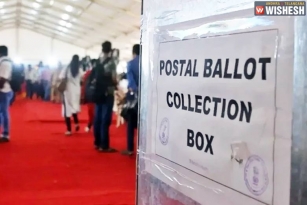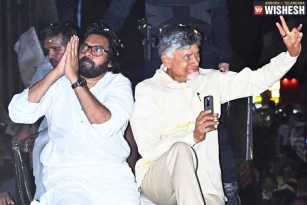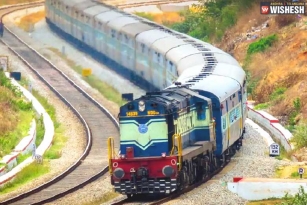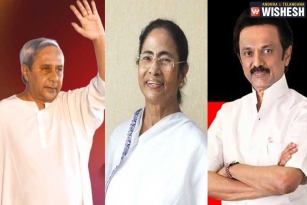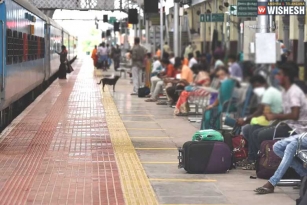Mumbai - Ahmedabad bullet train to cost 1 lakh crore, operational by 2024
July 21, 2015 13:01
Japan International Cooperation Agency has submitted the final feasibility report on Prime Minister Nrendra Modi’s dream project of the Bullet train from Mumbai to Ahmedabad. The project report estimates the cost to be around Rs 98, 805 crore. The 505 km- long line can be made operational by 2024, if works for the same were to get started in 2017. Japanese Ambassador to India Takeshi Yagi led the official JICA delegation which has submitted the report to Union Railway Minister Suresh Prabhu at the Rail Bhavan.
A cabinet note for the approval of the project with an outline of the project feasibility and timelines are likely to be prepared by next month. If work can be started in 2017, the project can be completed in 2023 and made operational in 2024. The final report suggests that the fare of the bullet train between Mumbai and Ahmedabad may be somewhere around one and half times more than the fare of the first AC of Rajdhani Express, which comes to around Rs 2,800.
The project will be the fulfillment of the Prime Minister’s promise he has made during the electioneering. This will also see that India’s development along with the world by providing the best infrastructure for the people of India.
By 2023 it is expected that around 40,000 passengers are to avail this service every day and accordingly it would be a financially viable service. Mumbai-Ahmedabad corridor will enable the trains to run at a top speed of 350 kmph. This will reduce the travelling time from seven hours to two hours.
The initial estimated cost was about Rs 65,000 crore, it has gone up after taking into account various factors like price escalation and interest. The Japanese government has offered to fund the project at a low interest rate. The loan offer comes with a rider that 30 percent of the rolling stock for the project has to be sourced from Japanese firms.
The Japanese agency has suggested that the line has to be constructed on the internationally accepted "standard gauge", as against certain opinions by the Indian railways that the "broad gauge" option is to be considered, since India's main line train operation is based on the broad gauge only. JICA's final report points out that the high-speed running of over 300 kmph are being done on the standard gauge across the world.
By Premji


